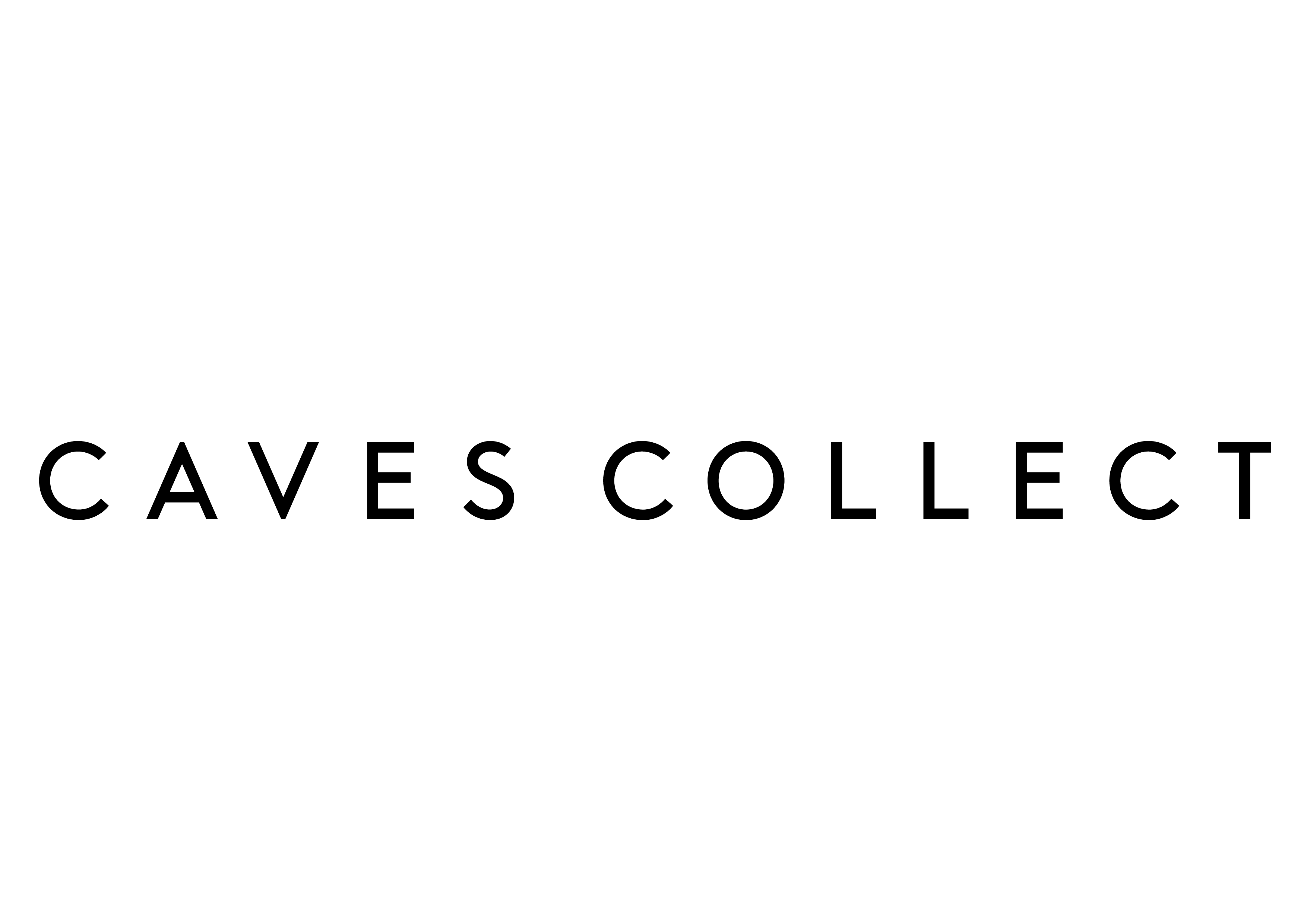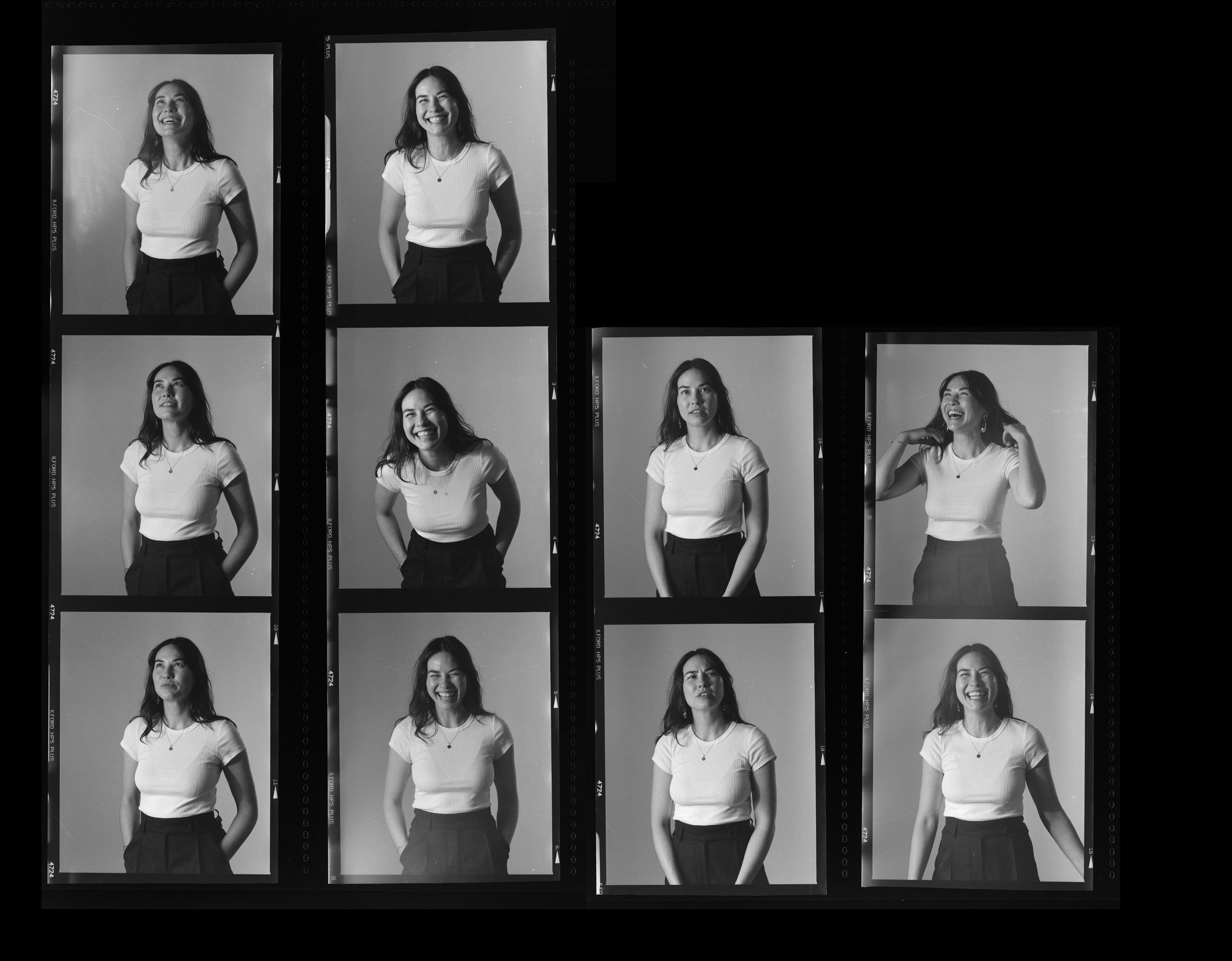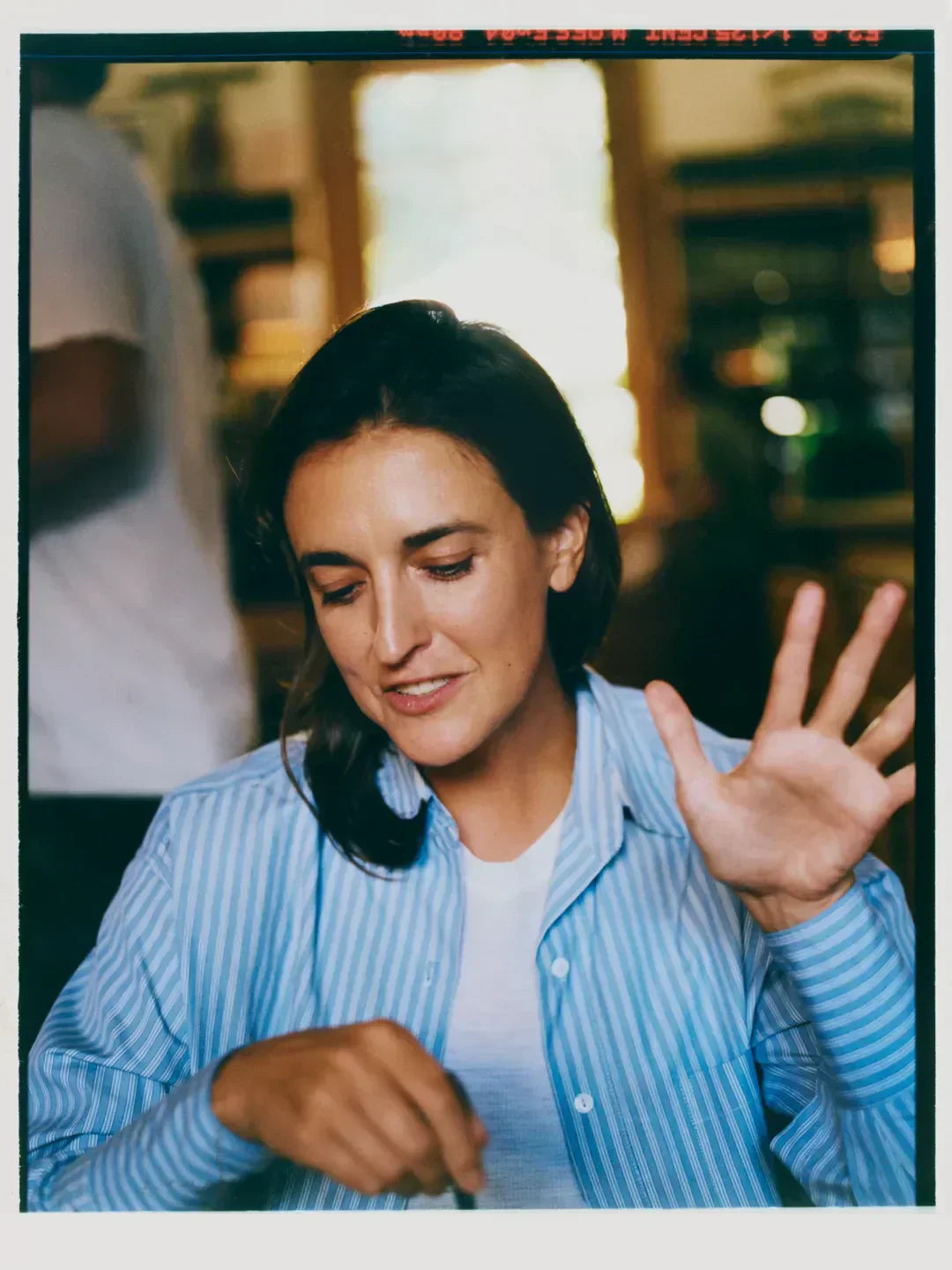Euclidean geometry & balance with Olivia Bossy
Our latest edition in our series features Australian furniture and interiors designer - Olivia Bossy. I have been a longtime fan since I stumbled on Olivia's work through Instagram and subsequently fell in love with it a few years ago. Her work really stood out to me in its simplicity and elegant beauty. Her shapes & choice of materials/finishes feel classic and timeless to me in a way that I feel is quite unique in the current landscape of design both from what I've seen in Australia and overseas. In my opinion simple and classic design can be the hardest to get right, but for me Olivia's work hits the nail on the head.
I was thrilled when Olivia visited the Caves Showroom on a recent trip to Melbourne to be photographed by my husband and collaborator, Peter Ryle. Afterwards I sent her some questions to answer, which she wrote up and sent me from rural France where she is currently based with her family for the next few months. (Her kids are in french school!). I really hope you enjoy reading Olivia's answers to my questions as much as I have...
Jo x

Olivia Bossy - Photographed by Peter Ryle

JRH: There is a lightness and balance to your work that I find very pleasing. It feels very pared back and clean but without being austere. Are there any design principles that you like to draw on or that inform your work? You mention Euclidean geometry in reference to some of your pieces, I’m intrigued, tell us more about that.
OB: This maybe stems from wanting to belong in many types of interiors. I love beautifully crafted Japanese houses but I also like the idea that my lamp could be in a chaotic environment with tutus hanging from it. Keeping the piece itself quite simple lets it float into different settings. Mediocre, interchangeable houses scare me though because I think that any object placed in those types of environments immediately falls into the abyss. All the feelings put into a piece don’t seem to be carried into these spaces and that’s a loss for all involved.
The Euclidean geometry thing came as a result of people’s reaction on finding out that I had no training in what I do but rather in graphic design.. They would immediately say ‘oh I can see that in your work, the shapes’ ... I didn’t want that to be the narrative so I started telling people that it stemmed from Euclidean geometry. It took it all further back to childhood and a time when I was really into maths and the way shapes logically related to each other. I embroider each Standing Lamp with a little square like Euclid used to sign off his solved equations like a proper nerd.

Big Ears Light, Designed By Olivia Bossy - Photographed By Tom Ross
JRH: Your design language feels timeless and you mentioned in the bio for your Freshwater renovation project you referenced Eileen Grey’s e1027 house and Georgia O’Keeffe’s Ghost Ranch, two houses I often go back to myself as inspiration...I’m interested to hear what you love about these houses?
OB: Maybe it’s the peace that they seem to emanate and that I’m searching for. They are simple but made for a life so nothing feels too precious. You can imagine what they may have worn in those places and the guests they would have entertained. I love both these houses but it’s not necessarily just this simplicity that I am drawn too. Shell grottos have just as much appeal - I think that peace is likely found in a deep comfort with yourself and your beliefs and then finding the people and places that complement that (while not necessarily being in agreement)
JRH: I’m always interested in how people from other creative disciplines approach dressing and what types of clothing attracts them. For example Georgia O’Keeffe approach to building a minimalist wardrobe of archetypal classics or Joan Diddion’s infamous ‘packing list’....I’ve often found people from other creative practices whether it be an artist, architect or product designer are often more particular about clothing when it comes to fabrication, cut and detail than the average person...which is something I love. Do you have any particular philosophy when it comes to dressing yourself or curating your own wardrobe?

No. 0122 Standing Lamp, Designed By Olivia Bossy - Photographed By Tom Ross
JRH: Tell us more about your design process. Once you’ve had a genesis of an idea what’s the next step for you...is it research based or does it evolve from the materials themselves.
There’s no formula here. Sometimes I go super deep into research and don’t actually emerge the other side but other times it will happen very quickly - I’ll absorb something that will trigger an immediate design and then I’m just as happy to go with that. A drain can be a starting point and perhaps then there’s not much research to do and it becomes a visceral reaction to a functional thing - my brain jumps directly to a fully formed piece. I can then go back and maybe try and understand why this particular drain had so much appeal. I don’t believe there’s necessarily anything wrong with post rationalising. I don’t judge an idea on the sequence in which it was formed.
Day to day I draw and sit and stare a lot. It can get uncomfortable when someone is showing me something and it looks like I’ve switched off but it’s the only way I can start to process. I ask questions but then I need to stare into space to start to make the connections. I have ideas of varying quality constantly but the physical output is very slow as I try to work out what is actually worth making, where do I fit in, why am I doing this.


Olivia Bossy - Photographed by Peter Ryle
JRH: Do you have any restrictions or parameters you put on yourself as a designer...for example my husband is a photographer, and sometimes he’ll decide to just shoot with one lens for a month, or I’ve made the decision to only use natural fibres in my practice. I think having restrictions can be liberating in a way, does this relate to your approach?
OB: I probably have enough natural restrictions as it is... I feel like I still know very little about materials and fabrication and work very much on instinct and reliance on the expertise of fabricators to realise my dreams. In my own products I guess I’ve so far stuck with natural materials as I’m a little concerned that the world is collapsing.

Olivia Bossy - Photographed by Peter Ryle
JRH: I believe the materials we choose to work with as designers are incredibly important in creating pieces that age with beauty...whether they be furniture, houses or clothing. For instance I hate that something made out of chipboard can never really be repaired once it’s damaged whereas a solid wood piece of furniture will continue to be beautiful even if it suffers bangs and scrapes, spilt wine etc over the years. Certain materials get better with age and use...this to me is a hallmark of good design. I’ve noticed your work seems to share this design philosophy...what’s your take on this?
OB: Of course that is the ideal - making something of quality that can be repaired. I do really try and stick with natural materials that can be passed on but the reality is that some interior projects just don’t have the budget for that but are still exciting creatively. I’m not going to pretend I’m a saint in that respect.
Maybe this goes back to your question about restrictions. There’s beauty in the choice to not use those materials that are messing things up for the kids. Budgetary concerns shouldn’t disconnect us from that reality.
JRH: Do you have favourite materials you’ve come to love over the years and why?
OB: This changes, I’m quite fickle. It was wood, then steel and I feel like I’m entering a glass era but glass is very on-trend at the moment so maybe I’ve just been algorithm-ed into it.

ESM, Post Production Studio, Designed By Olivia Bossy - Photographed By Tom Ross
JRH: What part does nostalgia play in your work? Are there certain materials or shapes you were around as a kid that inspire your work today?
OB: I grew up living in furnished rentals for the earlier years of my life in France so there was always quite a miscellaneous array of things about. My parents have beautiful taste but didn’t have the money at the time to put into objects. We were always comfortable though in that everything was functional and the beauty was often added through gestures. That’s something that I try to recreate in my work. It needs to sit within the scale of functionality while encouraging a feeling. I try not to dictate what that may be though... hopefully curiosity but it’s just as likely to be indifference. I’m not sure everyone finds ecstasy in a table.
JRH: In your projects, you use a combination of new pieces that you design and sourced pieces from the past...tell us more about that and why including pre-existing pieces is a part of your practice.
OB: I don’t really find much interest in mass produced pieces but including my designs is obviously an investment so there has to be something to balance that in bigger interior projects. There was a time when there was excitement around the development of the technology that allowed items to be replicated en mass and I get that it had its place but now it kind of feels criminal. There’s just so much out there already and I’m not even convinced that what I’m adding has value - I just hope that because it is such a small production the harm is limited. So much time goes into each piece and I refine it as I go and start to understand the materials more. Weaving these elements with pre-existing pieces also means you won’t get a homogenised space that lacks any historical or cultural references.

Shower at The Freshwater Project, Designed By Olivia Bossy - Photographed By Tom Ross
JRH: You were mentored by one of Australia’s biggest collectors, tell us more about that...how has this relationship informed your practice...did you have access to certain pieces through this mentorship that have gone on to inform your work?
OB: I wish I had many more years of loitering in his library. He’d say I was slightly insane and overthought everything. I don’t think he was even aware that I considered him a mentor but he spoke and I listened. He had such an extensive knowledge and a knack of putting the unexpected together to make it all sing without a care in the world for what others thought of it. That kind of attitude is very helpful when you’re starting out and looking for approval. It’s a second chapter in my life and I’ve come at it sideways but it only took a week in his company to feel like less of a fraud. Knowledge through research, and heart... I hope it’s more his spirit that informs my work.
JRH: And what are your thoughts on the future of your practice?
OB: I’m currently working on a collection of pieces centred around a theme that very much skirts the boundaries of functionality. I’m not sure people know exactly what to make of my work in terms of defining what I do and this is probably not going to help!
Olivia is wearing our Mirka Shirt layered over the Armeda Cami



